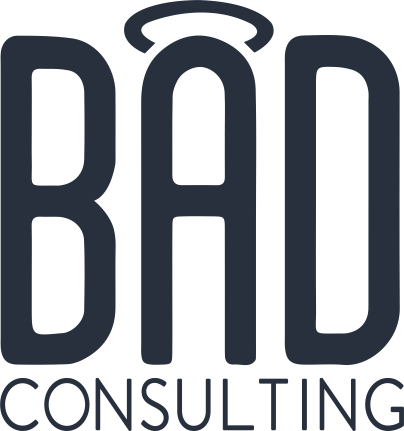The one skill I have is the ability to keep clients long-term. Honestly, this is a skill that can make and break your business.
Why?
Getting new clients costs you a lot of time. I don’t get paid for the meetings and pitches before the contract is signed. In some cases, that is hours and hours of unpaid work. So if I have to constantly try to get new prospects to sign, it’s going to cost me a lot of uncompensated time. And that’s enough to make my business unsustainable.
The other option is to work with clients on long-term contracts, which does not require nearly as much time. How do you do that?
A thorough prospective client process
The best way to get long-term clients is to really get to know them before you sign that contract. Make sure your personalities and working styles are a match. Look for any red flags that could make working with them difficult. And make sure that you can fully deliver on what you are promising them.
The more you get to know your prospect before they become a client, the more likely it will be that you are signing with clients you want to keep around for the long-term. So figure out what is most important to you about a client and then ask those questions as you get to know them. Find out if they’re really a good fit for what you have to offer.
And then keep an eye out for any red flags. Those will get easier to spot as you continue to do the prospective process. Spotting them can save you so much time and money, and it can stop a prospect from ruining your business before they even become a client.
Will a bad client get through from time to time? Yes, but you will get better at preventing that as you grow within your business. Just keep improving every time you enter the prospective client process, and fewer bad apples will get in.
Set clear expectations and stick to them
Confusion will cause you to lose clients. Why? Because they won’t know what you do and what you don’t do, and as things get cloudier, friction will start happening. Friction will lead to an argument and that will lead to ending the client relationship.
Have what you do clearly spelled out in the contract. That way you can point to it every time something comes up and you can say that they signed it. That’s the first step in having your roles neatly outlined so everyone understands. But it’s only the first step.
What will really keep the expectations clear is sticking to them. If you consistently let your clients step over the line, what they signed won’t mean all that much to them. They’ll say how you did this for them before or that it’s not that big of a deal. But if you keep that boundary and they know it’s steady, they will respect you for it. And you will spend much less time saying no as you go along, which is glorious for someone like me who hates having to say no.
Educate clients
I feel like some social media consultants do not want to spend time educating their clients because they’re afraid of the client taking social media back to in-house. What usually happens for me is the opposite. The more they know, the more they realize what a difficult and time consuming job it is. They do not want it back.
How do I do this? It depends on the client. There are some clients who are junkies as well and want to learn all the things. So I send them articles that will affect our social media accounts or will guide changes in our strategy. Anything that I think is relevant and would be of interest to them.
Other clients aren’t really big into learning, so I put any news of interest in their reports. This way, they also have this information at their fingertips for board reports.
And then there is some teaching in the moment. If a client brings something to me that isn’t doable on social media or if they bring something to me that is only at the tip of what social media can do, then we have a sit down so we can talk about why something else might be more appropriate.
Most clients get a combination of all three. It just depends on what they will actually take in. And if a client is not into being educated, it’s not likely they will remain a long-term client.
In the end, this education not only keeps your social media strategy on task, but it also makes a huge difference during budgeting time. Having your client be able to advocate for you and a decent budget to support your work is huge during budget season. Education can make that happen.
Fall in love with the brand
Falling in love with the client is by far the best way to keep them long-term. Your passion will shine through, and the quality of your work will be a smidge better. All of this will be felt by the client.
And when it comes to budget time, are they more likely to cut the mercenary who is doing a good job or the passionate person who is also doing a good job? In this economy, passion can be enough to keep you on when budgets get tight. And at this point, we need every single leg up that we can possibly get.
How do you keep your clients long-term?

